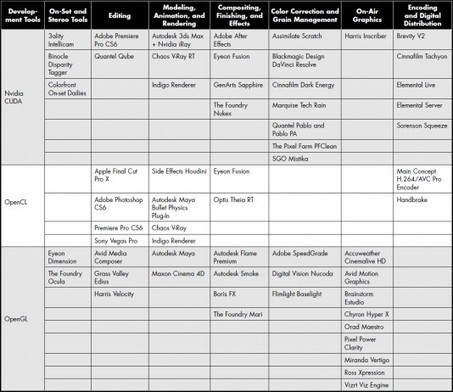At NAB this year, it was striking to see how many companies have taken advantage of GPU compute to improve the performance of their applications. Video, rendering, imaging, and effects are all tasks that can benefit from the parallelism of GPU compute. Nvidia’s CUDA and OpenGL have been around for a long time, but we’re also seeing the first of the OpenCL applications coming online.
Research and publish the best content.
Get Started for FREE
Sign up with Facebook Sign up with X
I don't have a Facebook or a X account
Already have an account: Login
Monitoring innovations in post-production, head-end, streaming, OTT, second-screen, UHDTV, multiscreen strategies & tools
Curated by
Nicolas Weil
 Your new post is loading... Your new post is loading...
 Your new post is loading... Your new post is loading...
|
|











